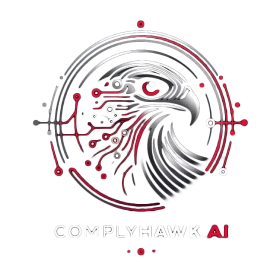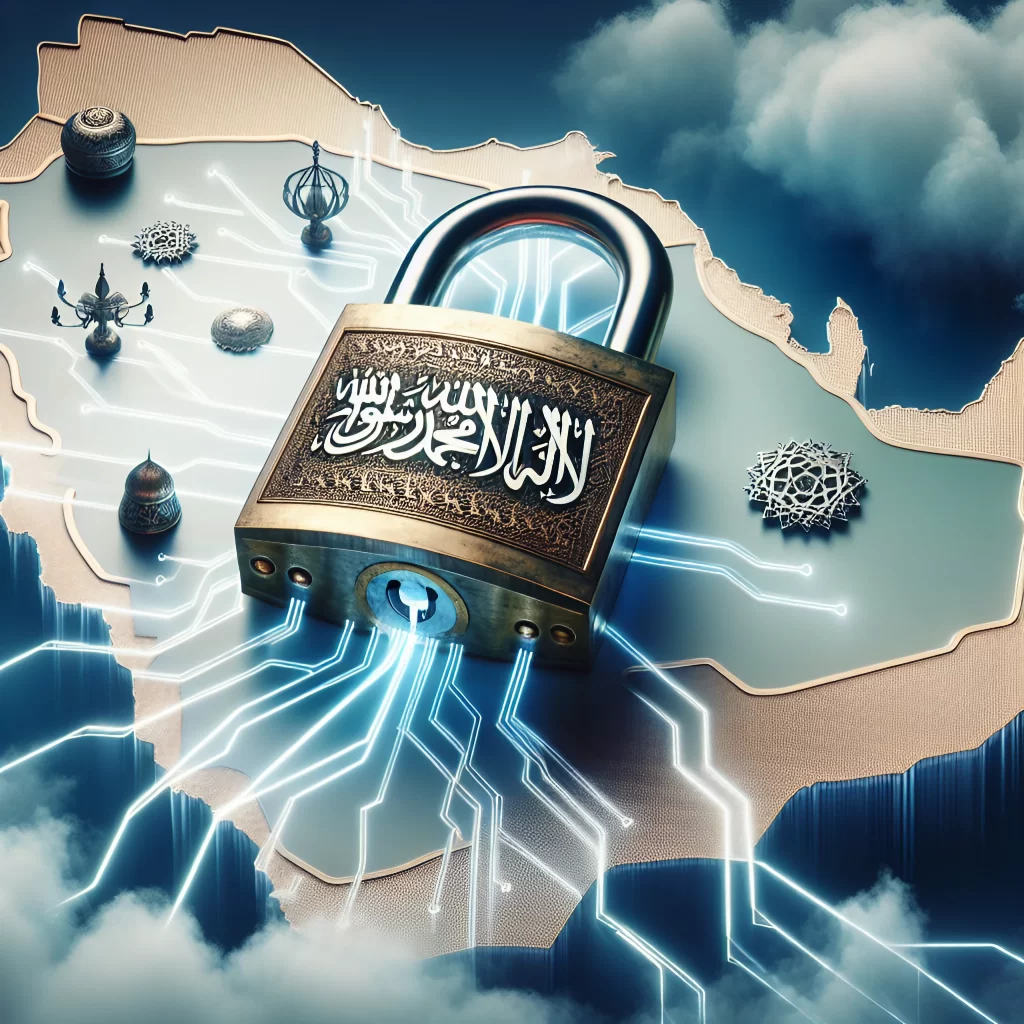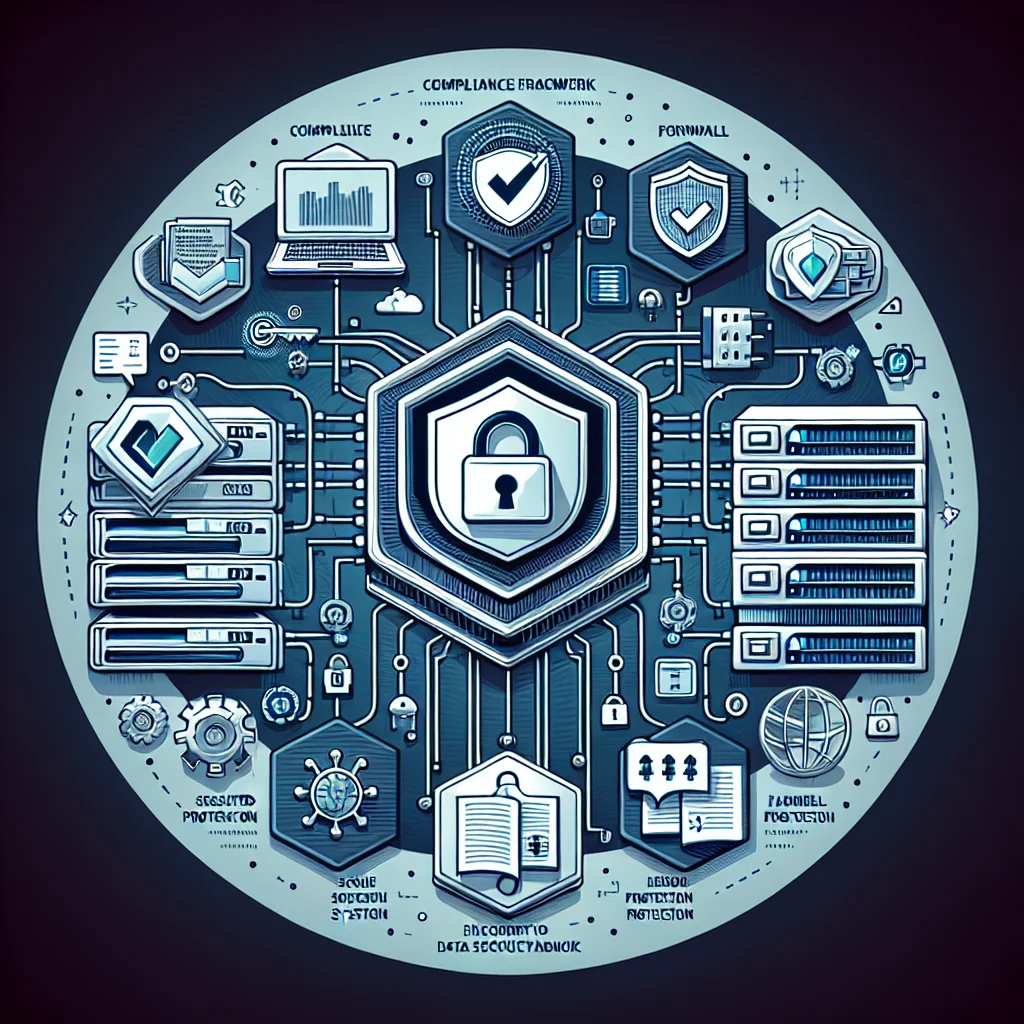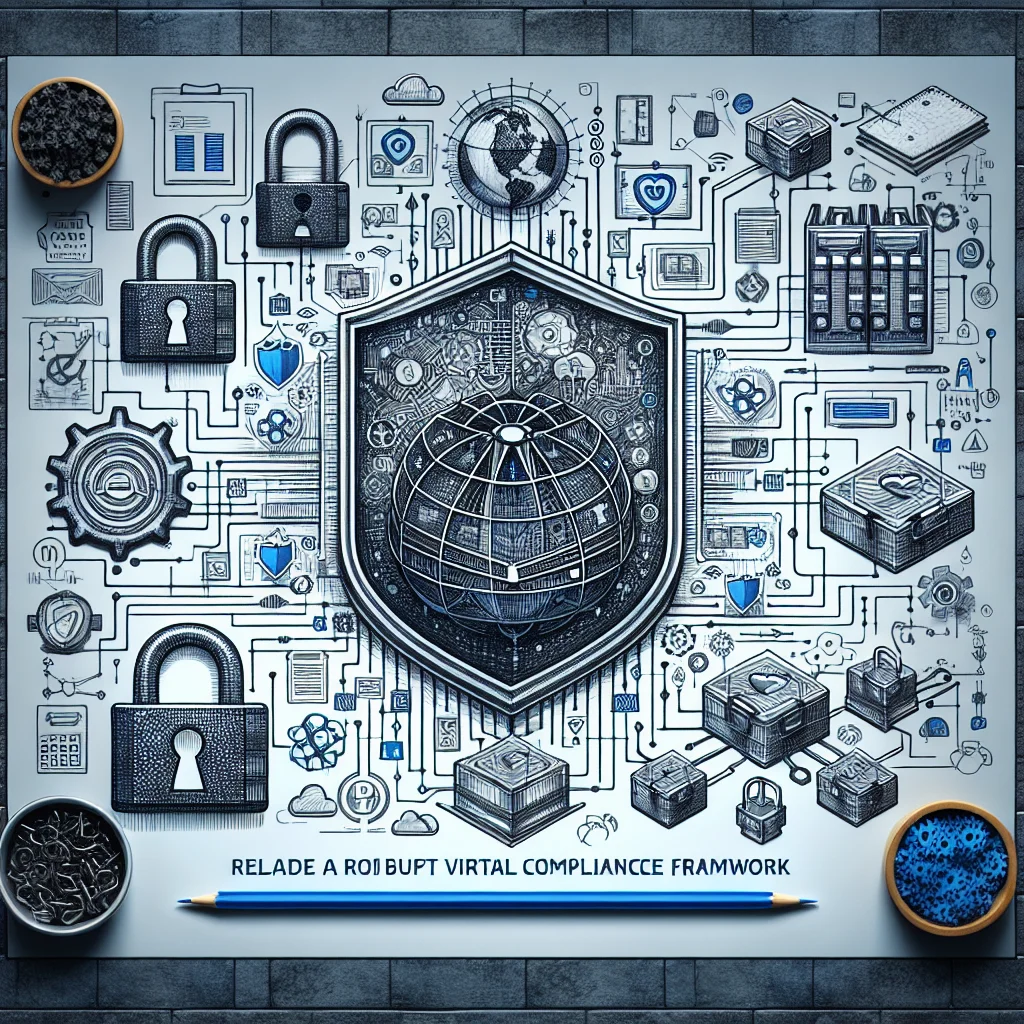The Center for Internet Security (CIS) Critical Security Controls (CSC) serves as a fundamental framework for improving an organization’s cybersecurity posture. For CISOs, especially those operating in the Middle East, understanding and implementing these controls is not just a best practice—it’s a necessity. This article aims to address some of the most frequently asked questions about the CIS Critical Security Controls, providing actionable insights and strategies for effective implementation.
What are the CIS Critical Security Controls?
The CIS Critical Security Controls are a set of best practices designed to protect organizations against cyber threats. These controls are categorized into three Implementation Groups (IGs) based on organizational size and resources:
- IG1 targets small businesses
- IG2 targets medium-sized organizations
- IG3 focuses on large enterprises
Where to Start?
Starting with CIS CSC can be daunting. Begin by:
- Assessing Your Current Security Posture – Conduct a thorough assessment to understand your vulnerabilities.
- Identifying Relevant Controls – Focus on controls that address your specific risks.
- Creating an Implementation Plan – Develop a step-by-step plan highlighting control priorities and timelines.
How to Implement the CIS Critical Security Controls
Implementation involves a structured approach:
- Gap Analysis – Identify what controls you already have and what’s missing.
- Prioritization – Focus on critical controls first. For example, start with basic cyber hygiene controls such as inventory of authorized and unauthorized devices.
- Documentation – Maintain thorough documentation for each control, covering policies, procedures, and configurations.
- Automation – Utilize tools like ComplyHawk to automate repetitive tasks such as document requests and compliance tests.
Top 5 Attacks and How CIS Controls Against Them
Understanding the most common cyber attacks and how CIS Critical Security Controls can mitigate their effects is crucial for any organization. Here are the top five attacks and the corresponding controls to defend against them:
- Phishing Attacks
Phishing remains one of the leading causes of data breaches. Attackers use deceptive emails to trick employees into revealing sensitive information.
CIS Controls: Implementing controls related to user training (Control 17: Awareness and Skills Training) and email filtering solutions can significantly reduce the risk.
- Ransomware
Ransomware infections can cripple an organization’s operations by encrypting critical data until a ransom is paid.
CIS Controls: Utilizing data recovery processes (Control 11: Data Recovery) and ensuring that systems are regularly patched (Control 3: Continuous Vulnerability Management) can help prevent ransomware attacks.
- Insider Threats
Whether malicious or accidental, insider threats can result in significant compromises of confidential data.
CIS Controls: Monitoring user activity (Control 16: Application Software Security) and stringent access controls (Control 4: Controlled Use of Administrative Privileges) help in mitigating this risk.
- Distributed Denial of Service (DDoS)
DDoS attacks overwhelm an organization’s services, making them unavailable to legitimate users.
CIS Controls: Employing measures related to incident response (Control 17: Incident Response Management) and ensuring network security configurations (Control 13: Data Protection) can provide a layered defense.
- Malware
Malware attacks can lead to unauthorized access and data theft.
CIS Controls: Keeping software updated (Control 3: Continuous Vulnerability Management) and deploying antivirus solutions (Control 8: Malware Defenses) are essential strategies to combat malware infections.
By integrating these controls into an organization’s cybersecurity strategy, CISOs can not only strengthen their defenses but also cultivate a proactive security culture.
(Source: CIS Templates)
Common Controls Between CIS, ISO27001, and PCI-DSS
Understanding the overlaps between different standards is crucial for streamlined compliance:
- Asset Management
- CIS Control 1 overlaps with ISO27001 A.8.1 and PCI-DSS Requirement 2
- Access Control
- CIS Control 4 aligns with ISO27001 A.9 and PCI-DSS Requirement 7
- Monitoring and Logging
- CIS Control 6 shares commonalities with ISO27001 A.12.4 and PCI-DSS Requirement 10
Specific Clauses:
- ISO27001 A.8.1 – Responsibility for assets.
- PCI-DSS Requirement 2 – Do not use vendor-supplied defaults for system passwords and other security parameters.
- ISO27001 A.9 – Access control management.
- PCI-DSS Requirement 7 – Restrict access to cardholder data by business need to know.
What Does it Mean for CISOs in the Middle East?
For Chief Information Security Officers (CISOs) operating within the Middle East, the deployment of the CIS Critical Security Controls presents a range of distinct challenges and considerations that require careful navigation:.
- Regulatory Compliance: The Middle East is home to a diverse set of stringent cybersecurity regulations, which are often informed by international standards yet tailored to local contexts. Countries like the UAE and Saudi Arabia have specific frameworks that mandate compliance with certain cybersecurity practices. Understanding these regulations is vital for CISOs, as non-compliance can lead to severe penalties and reputational damage. Therefore, aligning the CIS Critical Security Controls with local laws and regulations is imperative to ensure a comprehensive security posture.
- Cultural Sensitivities: Implementing cybersecurity measures in the Middle East necessitates a deep understanding of local cultural norms and values. For instance, practices that are standard in Western countries may not be as acceptable locally. CISOs must engage with local stakeholders to ensure that security controls do not inadvertently conflict with privacy laws or cultural expectations. This could involve tailoring security communication to resonate with local audiences and ensuring that data handling practices are respectful of cultural sensitivities.
- Limited Resources: Many small and medium-sized enterprises (SMEs) in the region face significant constraints regarding cybersecurity resources, including budget, skilled personnel, and technology. This limitation makes it essential for CISOs to prioritize cybersecurity initiatives effectively. Emphasizing automation tools can help compensate for the lack of manpower, allowing organizations to maintain a robust security framework without overextending their resources. Developing a phased approach to implementing the CIS Critical Security Controls can also enable organizations to focus on the most critical areas first, gradually building their cybersecurity capabilities over time.
By addressing these specific challenges, CISOs in the Middle East can more effectively leverage the CIS Critical Security Controls to enhance their organizations’ security posture while navigating the unique landscape of the region.
Common Challenges for CISOs Implementing the CIS Controls
- Resource Allocation – Limited budgets and manpower can hamper security initiatives.
Example: A small business wants to implement a new cybersecurity protocol but struggles to allocate funds for necessary software.
Risk: A startup faces a data breach due to insufficient investment in security measures.
- Employee Resistance – Gaining buy-in from staff who may view new controls as cumbersome.
Example: A company introduces a new password management tool, but employees resist using it, preferring their old methods.
Risk: Employees at a large corporation resist adopting multi-factor authentication, leading to security lapses.
- Technology Integration – Ensuring new security measures are compatible with existing IT infrastructure.
Example: A healthcare provider upgrades its security system, only to find it doesn’t integrate well with its legacy patient management software.
Risk: A retail chain attempts to implement a new point-of-sale security system but discovers it conflicts with their existing inventory management software.
- Continuous Monitoring – Maintaining an ongoing compliance status is often challenging.
Example: A financial institution struggles to keep up with regulatory compliance due to constant changes in laws.
Risk: A tech firm finds it difficult to continuously monitor its systems for compliance, which results in penalties during audits.
FAQs about the CIS Critical Security Controls
- Q: What are the CIS Critical Security Controls?
A: A set of cybersecurity best practices designed to help organizations protect against cyber threats.
- Q: How often should we update our controls?
A: Regularly, but at least annually or whenever significant changes to your IT environment occur.
- Q: Do CIS Controls apply to all industries?
A: Yes, they are industry-agnostic and provide a solid cybersecurity foundation for any organization.
- Q: How do CIS Controls differ from NIST?
A: While both are comprehensive, CIS Controls are more prescriptive and easier to implement.
- Q: Can small businesses use CIS Controls?
A: Absolutely, IG1 controls are specifically designed for small businesses.
- Q: What is the first step in implementing CIS Controls?
A: Conduct a gap analysis to identify existing controls and areas of improvement.
- Q: Are there tools to help automate CIS Controls?
A: Yes, platforms like ComplyHawk can automate document requests and compliance tests.
- Q: How do CIS Controls overlap with ISO27001?
A: They share common objectives but differ in structure and approach. Both can complement each other.
- Q: What is the role of a CISO in implementing CIS Controls?
A: The CISO is responsible for planning, implementing, and ensuring ongoing compliance with the controls.
- Q: How can we measure the effectiveness of implemented controls?
A: By conducting regular audits and using metrics to track performance.
- Q: Are CIS Controls mandatory?
A: No, but they are highly recommended as best practices.
- Q: What are Implementation Groups?
A: Categories within CIS Controls that tailor recommendations based on organizational size and resources.
- Q: How can we handle employee resistance to new controls?
A: Through awareness programs and demonstrating the value of enhanced security.
- Q: Do CIS Controls cover cloud security?
A: Yes, several controls address cloud security concerns.
- Q: How do we ensure our third-party vendors comply with CIS Controls?
A: Include compliance requirements in contracts and conduct regular security assessments.
- Q: What is the cost of implementing CIS Controls?
A: Costs vary but can be managed through prioritization and strategic resource allocation.
- Q: Is there training available for CIS Controls?
A: Yes, many organizations offer specialized training and certification programs.
- Q: Can CIS Controls help with GDPR compliance?
A: Yes, they can complement GDPR requirements, especially around data protection.
- Q: How do CIS Controls help with incident response?
A: They provide guidelines for developing robust incident response plans.
- Q: What is the future of CIS Controls?
A: They will continue to evolve, incorporating emerging threats and technological advancements.
What Can ComplyHawk Automate?
ComplyHawk streamlines the implementation and management of CIS Controls through advanced automation, making it easier for organizations to enhance their cybersecurity posture.
- Document Requests: ComplyHawk automates the process of requesting and managing compliance documents, ensuring that all necessary materials are collected in a timely manner. This feature not only saves valuable time but also reduces the risk of overlooking crucial documentation. By integrating with various document management systems, it allows for seamless tracking and retrieval of compliance evidence, thus enhancing the overall audit process.
- Compliance Tests: With ComplyHawk, organizations can conduct automated compliance tests to verify that CIS Controls are effectively implemented and maintained. These tests provide valuable insights into the current state of security measures, enabling teams to address gaps and vulnerabilities proactively.
- Additionally, the tool offers detailed reporting that maps CIS Controls to other relevant frameworks, such as NIST, ISO 27001, and PCI DSS. This mapping facilitates a comprehensive understanding of compliance requirements across different standards, ensuring that organizations can maintain alignment and simplify their compliance efforts.
By leveraging these features, ComplyHawk empowers organizations to not only implement CIS Controls more efficiently but also to foster a culture of continuous improvement in their cybersecurity practices.
Conclusion
Implementing the CIS Critical Security Controls is a strategic move for any CISO aiming to bolster their organization’s cybersecurity defenses. While the process involves overcoming several challenges, the benefits far outweigh the effort.
If you want help streamlining your compliance efforts and enhance your cybersecurity posture, book a demo today with ComplyHawk.



